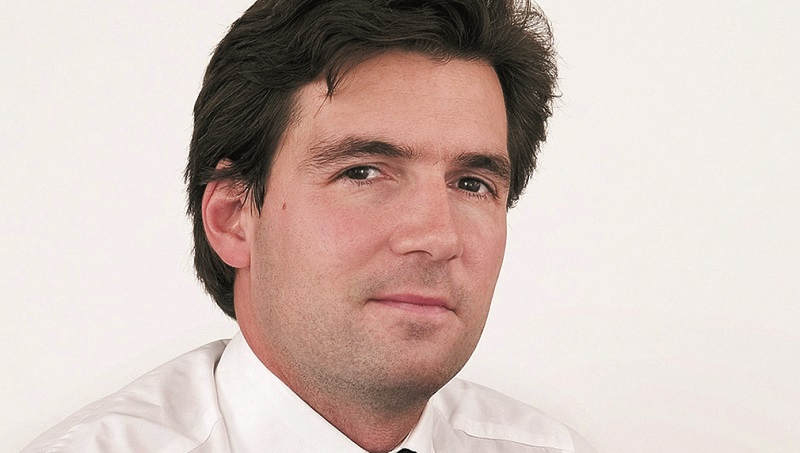Jupiter’s Global Financials Fund has been renamed as the Financial Innovation Fund as of as of 3 December with a revised investment focus.
Manager of the fund Guy de Blonay (pictured) said the strategy, which previously focused on banks and financial service entities, has been transitioning since 2015 to include two groups of companies, what he calls “adopters” and “enablers”. Jupiter has run the strategy for 12 years.
“Adopters are traditional banks, asset managers and brokers spending a minimum percent of their revenues on IT maintenance and innovation,” he explained.
The second group is the enablers – companies that would derive a minimum percent of sales from the financial sector for their technology. An enabler example he said is software company Temenos, which provides a core banking platform.
Previously the Global Financials Fund was up to 50% in financial services. “Now at least 70% of NAV is in companies engaged in financial innovation,” he said.
Performance of the Jupiter Financial Innovation fund
| 6m | 1yr | 3yr | 5yr | 10yr | |
| JGF-Jupiter Financial Innovation | -7.63 | -1.41 | 39.19 | 55.98 | 176.84 |
| MSCI ACWI/Financials | -0.48 | 0.13 | 50.65 | 65.85 | 198.76 |
Source: FE Analytics/GBP accumulation share class
Banks to emulate Amazon
He believes this is a pivotal period for banks, which are being forced to make a transition to Amazon-like customer service. “Customer satisfaction is going to be the barometer [among banks]. The demanding customer today is going to want seamless, cheap, easy-to-understand, fast product delivery. Banks are starting to understand that.”
He cited JP Morgan as an adopter. The bank is spending 10% of revenues on IT and disrupting the sector by offering free trades and research, going for an emphasis on customer service, according to de Blonay.
Additionally, the bank is exploring the idea of bringing financial services to Amazon’s large customer base.
Europe lags other regions
Banks in the US and Asia he expects to lead in innovation, while Europe has less promise.
European banks are trading at a 50% discount on average, largely due to litigation, he said, and as a whole group it is difficult for them to raise capital. “If litigation continues to destabilise the sector, there is no way banks can afford IT.
“[European] banks are then left behind and the battle for supremacy of market share is in the hands of Asia and the US.”
As a region, Europe ex-UK accounts for 15% of the portfolio and North America 61%.
The Chicago Mercantile Exchange, JP Morgan and Citigroup are the three largest holdings, according to the factsheet. The portfolio is fairly concentrated with 40-60 positions.
Core holdings, he said, are held for around 10 years. Large caps make up at least 70% of the fund and roughly 10% is in small caps.
“The fund could be liquidated 95% in a day,” de Blonay said. “That takes away any illiquid positions within the enablers space.”
Disrupting the disruptors
Fintech companies, however, could see their own technologies become obsolete quickly, depending on what emerges in the global fintech startup community, which in Asia is being nurtured by regulators.
De Blonay believes a major bank’s adoption of a new platform comes at high cost and with lengthy implementation, making their tech choice unlikely to change. As an example, he cited Nordea Bank, which spent $1bn to install a core banking platform to integrate banks in four countries onto one platform.
“The cost of changing [technology platforms] could be a deterrence.”
Instead, he believes the biggest risk is a slowdown in capex spending.
Global banks are spending close to $300bn a year on IT, with a forecast of 4% growth for five years, he said, citing data from research firm Gartner. Worldwide, all sectors combined, IT spend is $3.7trn and is predicted to grow at 6% annually for five years.
“Companies are going through the biggest capex trend that tech has had in recent years,” de Blonay said.
“If we have a hawkish, single-minded central bank going into next year and 2020, a slowdown in global growth will have an effect on global markets and fintech.”
For more insight on asset and wealth management in Asia please click on www.fundselectorasia.com









